The ghost of Winter Olympics past: Sarajevo’s legacy lives on three decades later
The site of the successful 1984 Winter Games was later devastated by war, but Olympic pride still prevails in Bosnia-Herzegovina today, reports Borzou Daragahi from Sarajevo

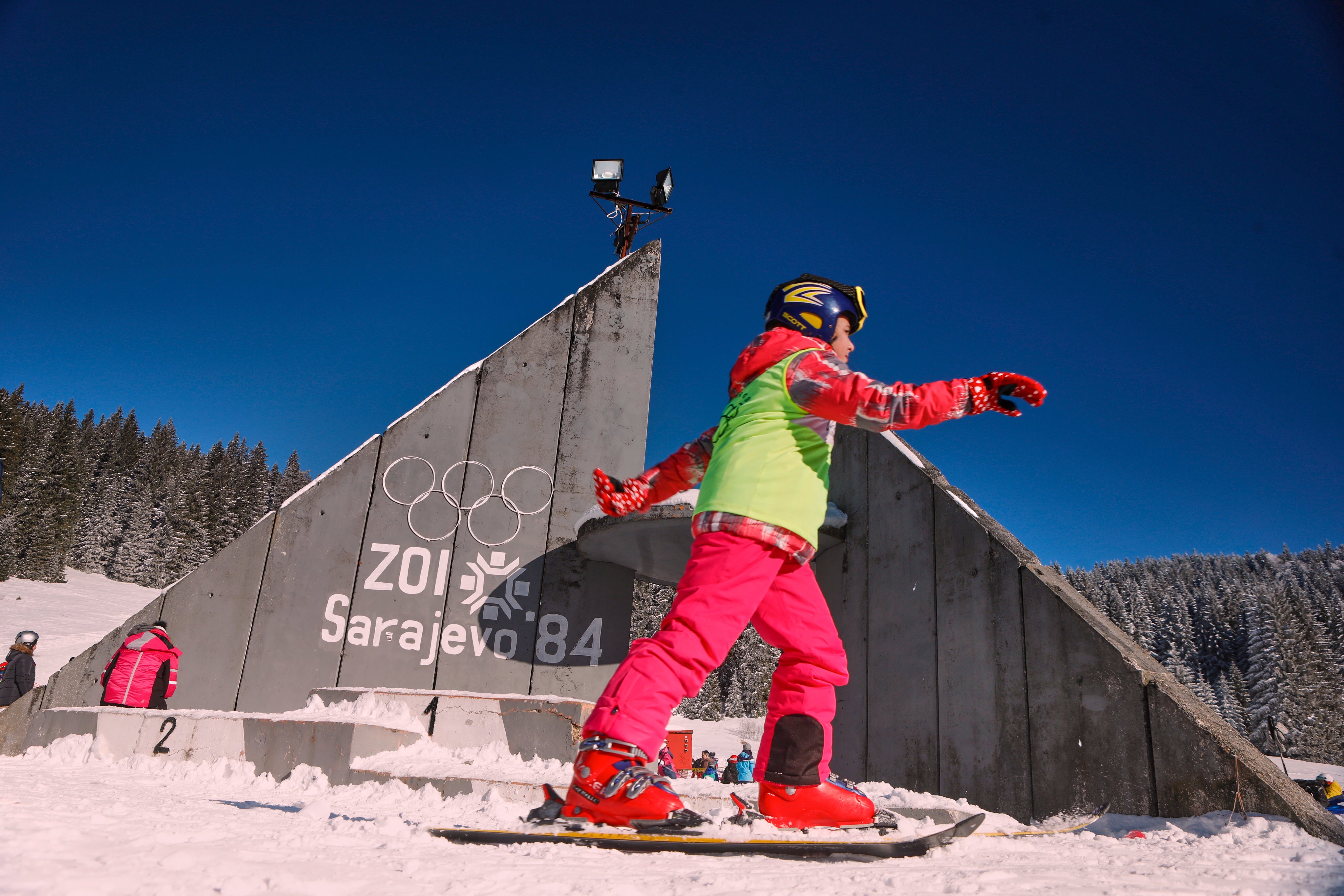
It was the apex, not only for a mysterious city off the beaten path, but for a nation emerging from obscurity. It would not last.
Sarajevo, host of the 1984 Winter Olympics, became a city of cosmopolitan glamour and athletic excellence. Yugoslavia, a nation that had boasted about belonging to neither the eastern nor the western bloc, which at the time were confronting each other, was showcasing itself – coming in from the cold as an international player.
Before the Games, most westerners only knew Sarajevo from their history classes, as the city where Archduke Franz Ferdinand had been assassinated by a Serbian nationalist in 1914, sparking the First World War.
“There is no doubt that the Sarajevo Winter Olympics put the city back on the map,” says Kenneth Morrison, professor of Balkan history at De Montfort University in Leicester.
“In Sarajevo it’s still regarded as a real honour. Not just for Sarajevo; for the whole of the former Yugoslavia, there is a tinge of nostalgia for the Olympic Games,” he tells The Independent.
But the Sarajevo 1984 Olympics, the 14th Winter Games, would soon recede into history and myth. Eight years later, a horrific war erupted. Sarajevo became a city beset by mortar fire and marked by despair. Yugoslavia disintegrated into seven separate entities, following a series of bloody overlapping armed conflicts. Olympic facilities painstakingly built up over six years became battle zones.
Yet those Games in Sarajevo would resonate in both geopolitical and sporting history, affecting the course of the war and leaving behind a lasting legacy.
Sports historians still fondly remember the 1984 Games. At first, few believed that Sarajevo, a relative backwater, would be able to pull off a successful Winter Olympics when it was awarded the competition in 1978.
“It was always a provincial capital, and it wasn’t the most obvious choice,” says Morrison.
But the city made spectacular preparations, expanding its airport and roadways, building apartment blocks to house athletes and journalists, and erecting new state-of-the-art ski, skating and sledding facilities.
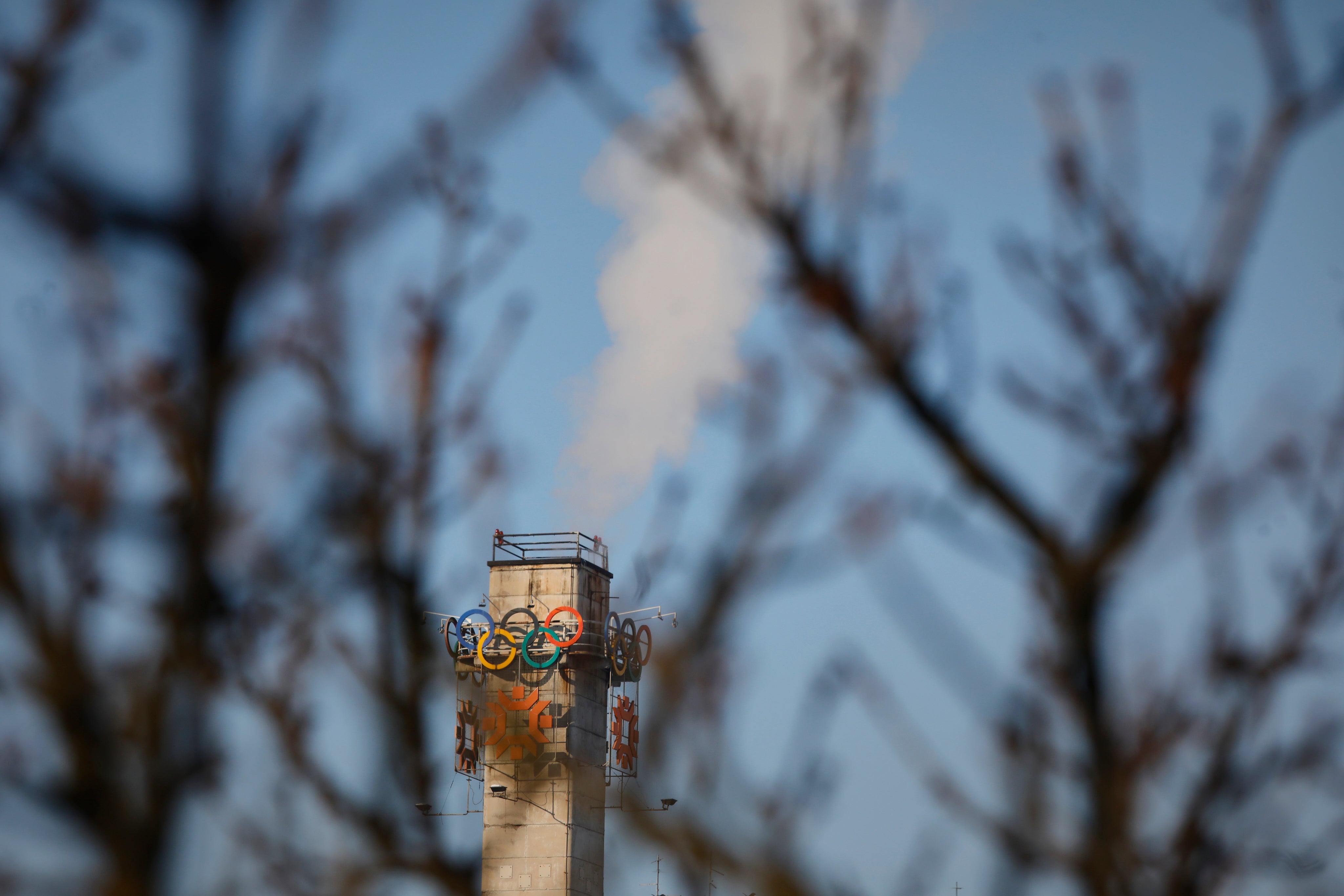
Just days before the Games, the Soviet Union’s premier Yuri Andropov passed away, and there were doubts about whether the nation would even participate. Yet it did, performing quite well.
Olympic organisers were nervous because of a lack of snowfall. But when the snow finally came, it was a dramatic blizzard that whited out the mountainous city. In the end, the snow was perfect for skiing. The facilities were top notch. The city was welcoming.
“They were as successful as every other Olympic Games,” says Morrison. “If you compare what had taken place in Sarajevo to well-established resorts where the infrastructure was already in place, it was a huge success.”
On the ice, Britain’s Jayne Torvill and Christopher Dean wowed the world with their dance to Ravel’s Bolero, earning a perfect score and winning gold.
“A story of tragic love captured the imagination,” says Philip Barker, a sports journalist and Olympic historian. “That it should win gold on St Valentine’s Day was poetic perfection.”
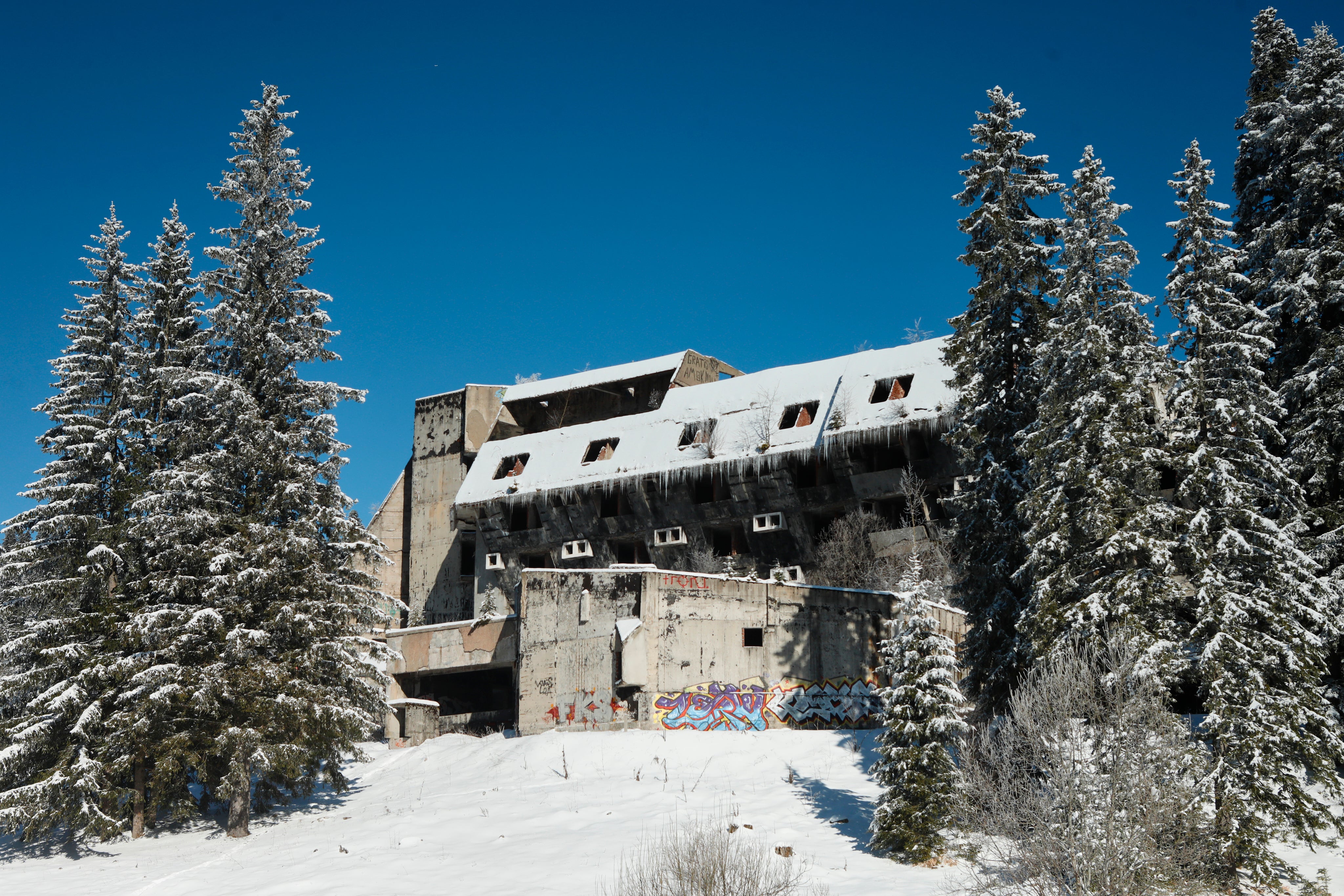
But it was the Soviet Union, along with East Germany – two more nations that no longer exist – that dominated the medal count.
Other than in Greece, the 1984 Winter Games were the first and only Olympics to be held in the Balkans. And the former Yugoslavia saw it as an opportunity to introduce itself to the world.
It was a time when even its boxy compact hatchback, the Yugo, was being sold in the UK and elsewhere abroad, and business people sought out investment opportunities in Belgrade and Dubrovnik. Sarajevo opened a Holiday Inn for the Games, the first international hotel chain to set up shop in what was Bosnia-Herzegovina, then one of Yugoslovia’s six republics.
Within a decade, many of the facilities became combat zones as a fratricidal war engulfed the city and Bosnia-Herzegovina.
The Holiday Inn, once a symbol of glamour, became a benighted hideout for grizzled war correspondents. Bosnian Serb militias took over Olympic sites in the mountains above Sarajevo and used them to shell the city below. An Olympic museum celebrating the 1984 Games at the historic and graceful Villa Mandic was shelled and destroyed at the very beginning of the Bosnian war. The basement of the Zetra Olympic Hall, where ice skaters had mesmerised the world, was turned into a makeshift morgue for the war dead.
But the legacy of the Games lived on. Morrison says that much of the media and transport infrastructure built for the Games helped the journalists covering the conflict to bring the tragedy of the war to the rest of the world. During the 1992 Summer Games in Barcelona, reporters covering the Bosnian Serb siege of Sarajevo made frequent references to the 1984 Games.
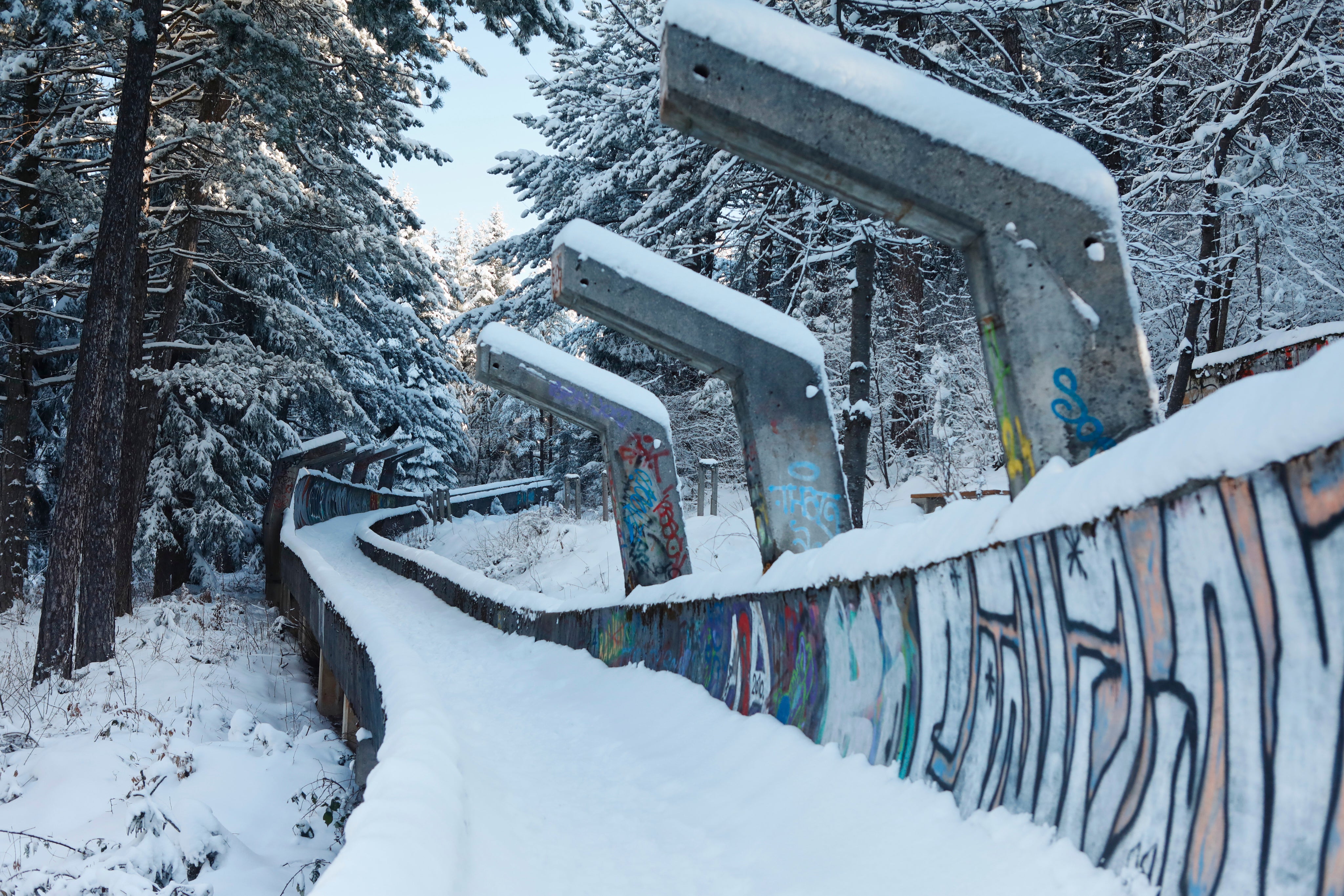
“If Sarajevo had not been as well known, it may not have received the coverage that it did,” says Morrison. “That narrative of an Olympic city being destroyed was very, very present.”
During the 1994 Winter Games at Lillehammer, Norway, International Olympic Committee president Juan Antonio Samaranch urged the world to remember Sarajevo, which remained under hellish shellfire, and called for the resumption of the ancient Greek tradition of the Olympic truce, whereby wars would end for the Games.
“Our message is stronger than ever,” he said in a televised appearance. “Please stop the fighting. Stop the killing.”
Within a year, the fighting in Bosnia-Herzegovina would grind to a halt amid intense international pressure and forceful Nato intervention.
Most of the destroyed sports facilities lie on the city’s outskirts. The unused lifts, crumbling lodges and rotting mountainside ski runs look like ancient ruins, overgrown with weeds and grass and scarred with graffiti. Adventurous athletes on occasion run, cycle or train along the multimillion-dollar bobsled and luge tracks at Mount Trebevic.
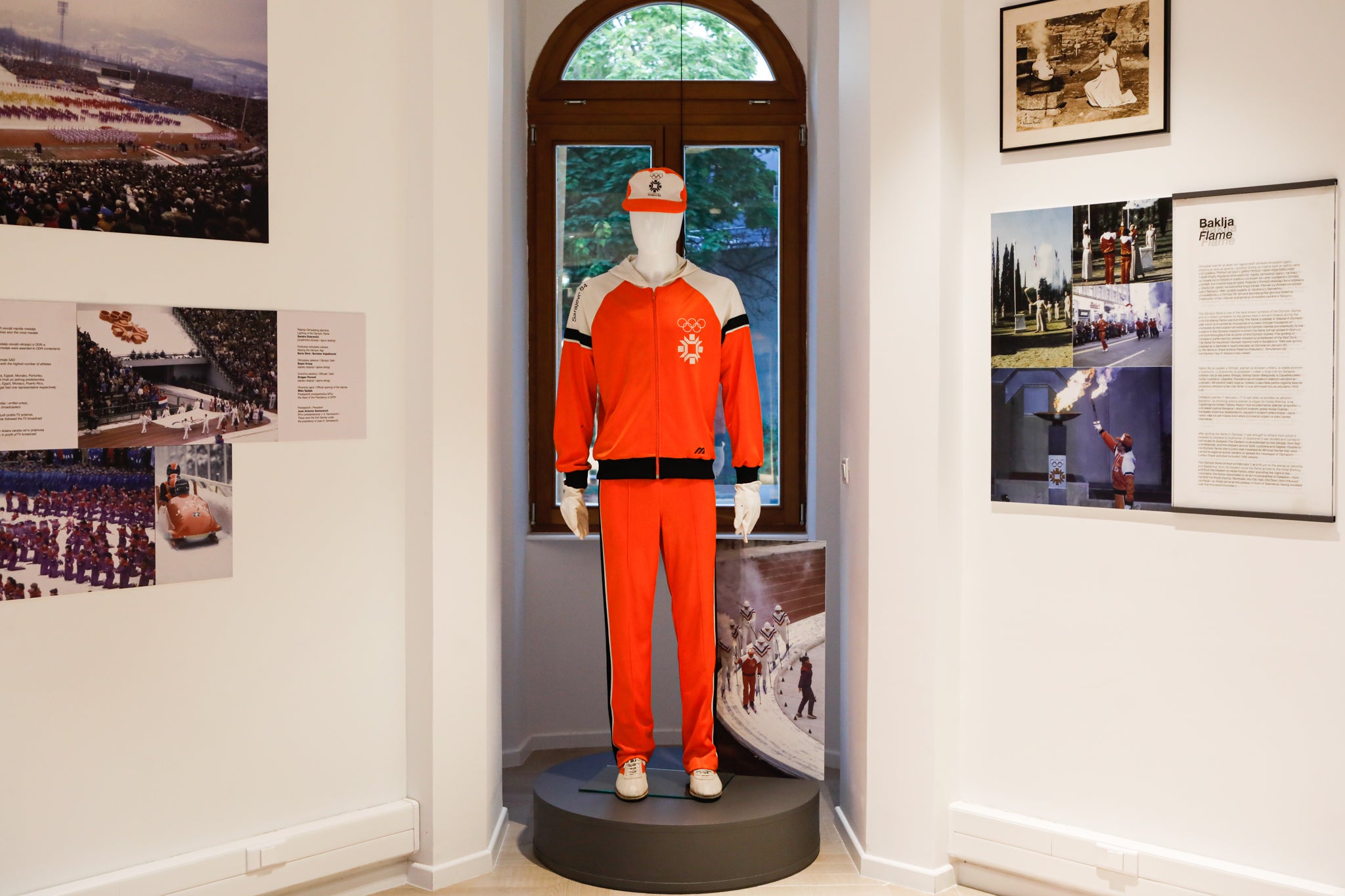
There are modest efforts to revive the spirit of those Games. The Zetra compound where the ice skating competitions took place, destroyed during the war, was rebuilt in 1999. Its iconic tower, featuring the five-circled logo of the Olympic Games, still stands.
In 2004, a new Olympic museum, filled with artefacts of the 1984 Games, was opened, and the Villa Mandic, where it was originally housed, has been almost completely restored and revived. In 2017, the European Union provided some funds to help restore some of the Olympic sports facilities.
Sarajevo hosted the 2019 European Youth Olympic Winter Festival, drawing more 1,500 athletes from 46 nations and resurrecting some memories of the moment when the city was the centre of the world.
In the build-up to the 2022 Winter Olympics in Beijing, which officially open on Friday, Bosnian officials wished their Chinese counterparts well and recalled the signficance of the Games for Sarajevo in 1984.
Throughout much of Sarajevo’s sprawl, it is difficult to find clear-cut remnants of or references to its Olympic past. But much of the housing built for the Games remains standing, and is indeed often coveted real estate, with occupants proud of their connection to those glorious days.
“For those who remember, it was a very special moment,” says Nihad Kresevljakovic, a Sarajevo-based historian and theatre producer. “That was the peak, when we felt we could achieve anything.”
Jasmin Brutus contributed to this report






Join our commenting forum
Join thought-provoking conversations, follow other Independent readers and see their replies
Comments